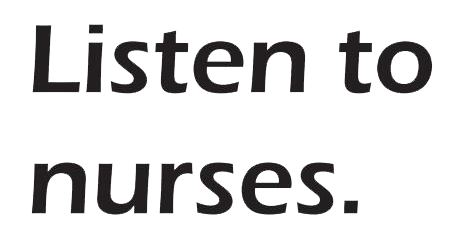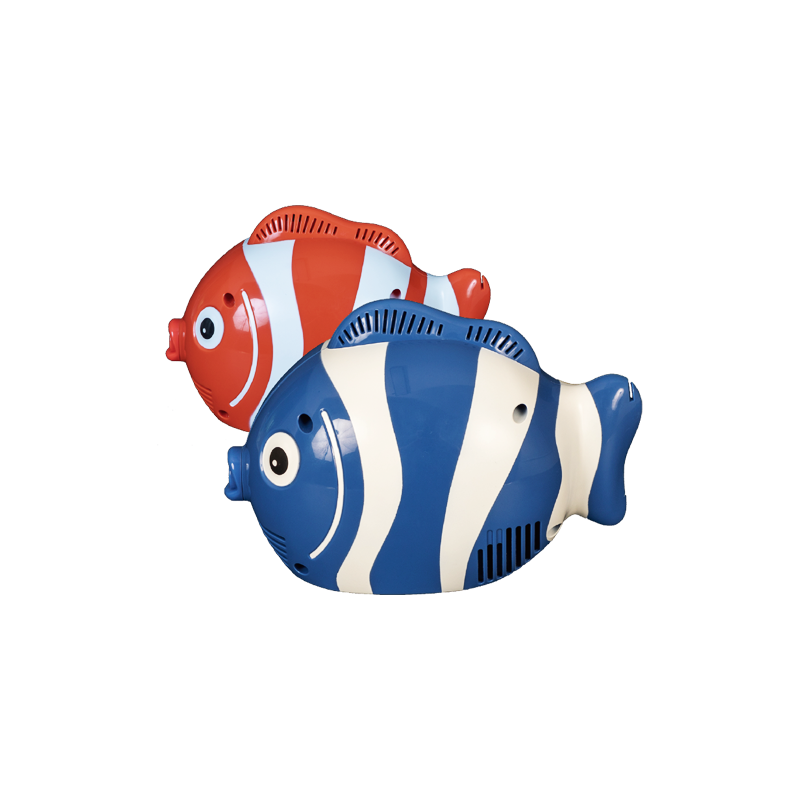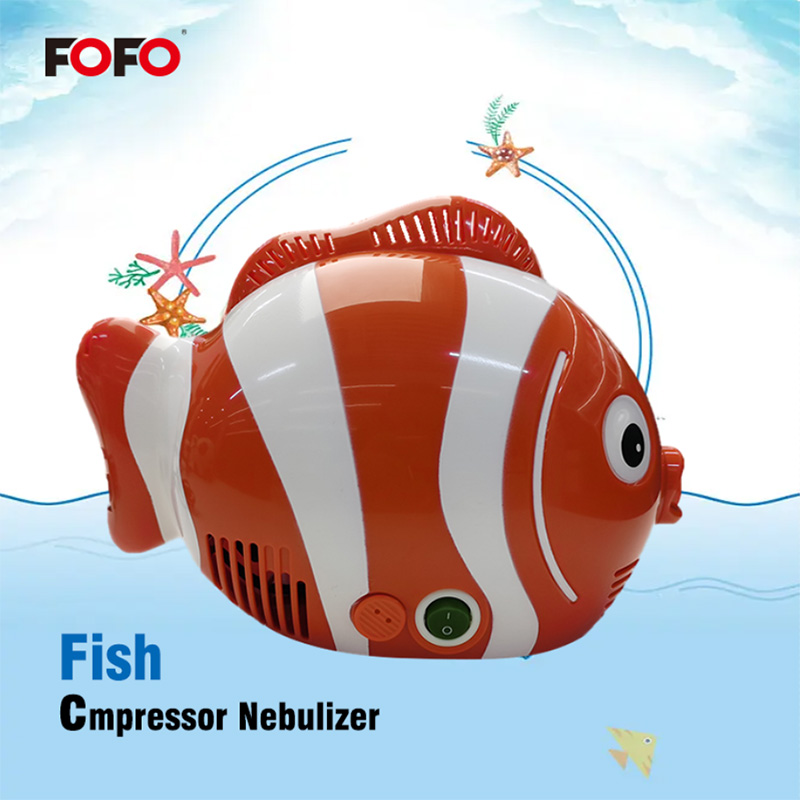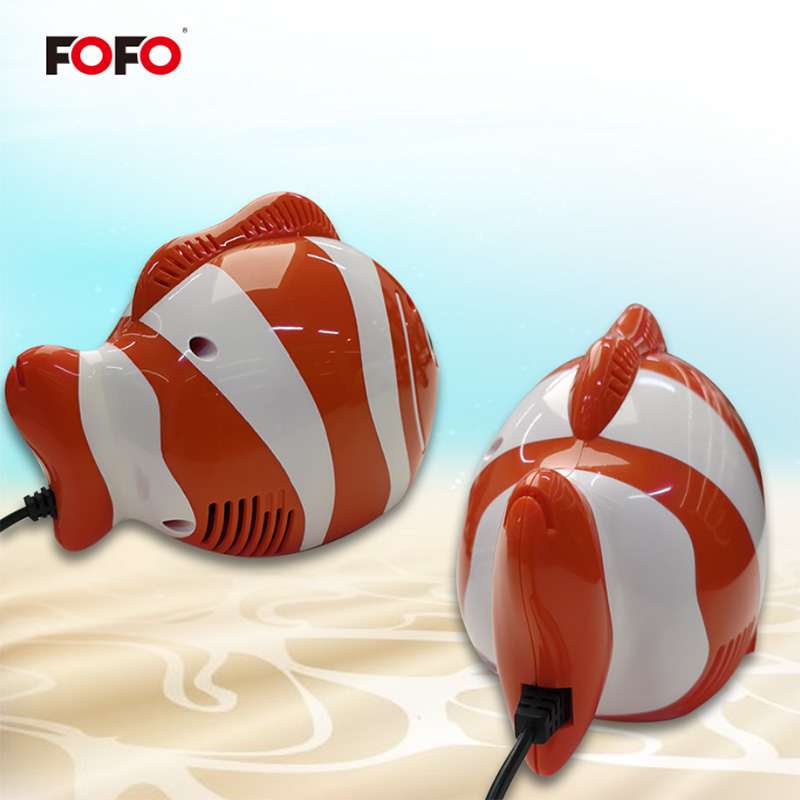FOFO Compressor Nebulizer for Kids Portable Mist Breathing Treatment
Specifications:
Precautions for using Pediatric Nebulizers:
1. Consultation with Healthcare Provider: Before using a pediatric nebulizer, consult with a healthcare provider to determine the appropriate medication, dosage, and treatment plan for your child’s specific condition.
2. Proper Cleaning and Maintenance: Regularly clean and disinfect the nebulizer according to the manufacturer’s instructions to prevent contamination and ensure proper hygiene. Use sterile water or saline solution for cleaning and avoid using harsh chemicals.
3. Correct Assembly and Usage: Follow the manufacturer’s instructions for proper assembly and usage of the pediatric nebulizer. Ensure that all components are securely connected and that the medication is added correctly.
4. Supervision: Always supervise children during nebulizer treatments, especially younger children, to ensure they are using the device correctly and safely. This helps prevent any mishaps or accidents during the treatment.
5. Proper Mask or Mouthpiece Fit: Ensure that the mask or mouthpiece fits properly on the child’s face or mouth to ensure effective delivery of medication. A proper fit helps prevent leakage and ensures that the child receives the intended dose.
6. Comfort and Cooperation: Create a comfortable and relaxed environment for the child during nebulizer treatments. Encourage cooperation and explain the process in a child-friendly manner to reduce anxiety and promote compliance.
7. Regular Replacement of Parts: Replace nebulizer parts, such as masks, mouthpieces, tubing, and filters, as recommended by the manufacturer or healthcare provider. This helps maintain optimal performance and prevent potential contamination.
8. Storage and Transport: Store the pediatric nebulizer in a clean and dry place when not in use. If traveling with the nebulizer, ensure it is properly packed and protected to prevent damage.
9. Medication Safety: Only use medications prescribed by a healthcare provider specifically for nebulizer use. Do not mix different medications in the nebulizer without proper guidance.
10. Emergency Preparedness: Be familiar with emergency procedures and have a backup plan in case of power outages or device malfunctions. Keep emergency contact numbers readily available.
















